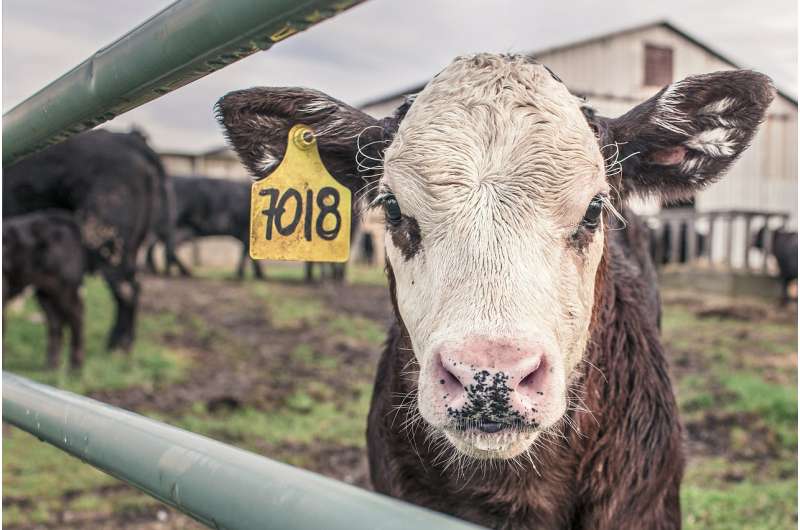Identifying vaccination capacity for future foot-and-mouth outbreaks

A new reactive vaccination strategy for future foot-and-mouth disease epidemics shows that significant cost savings can be achieved by accurately identifying our capacity to vaccinate - according to a new study published in PLOS Computational Biology.
During the early stages of outbreaks of foot-and-mouth disease, control measures will be put in place to reduce the risk of disease spread and in an attempt to minimize the economic impact of the outbreak. In the event that there is a significant risk of a large-scale epidemic, reactive vaccination may be introduced in a ring around infected premises in order to reduce the likelihood of onward transmission occurring.
If vaccination is deployed, it is critical to determine the size of the ring that should be used, as this will have a major impact upon the effectiveness of the strategy. However, the ability to determine what the ring size should be is complicated by a range of uncertainties surrounding vaccination, including the number of animals that can be vaccinated per day, the time delay between an animal becoming vaccinated and that animal acquiring immunity and the vaccine efficacy (or the likelihood that a vaccinated animal will becoming immune to infection).
Researchers have developed a mathematical model that determines the best vaccination strategy that should be implemented in the presence of this uncertainty. The model shows that if it were possible to resolve all uncertainty prior to the introduction of control, savings of £55 million in outbreak costs could be expected; with a reduction of 221,900 livestock culled and 4.3 days of outbreak duration The model identified that the vast majority of this saving could be found by resolving uncertainty in the number of animals that can be vaccinated per day. 85% (£47 million) of the total cost savings could be achieved if the daily vaccination capacity is known.
This research strengthens the case for the consideration of vaccination as a control measure for future outbreaks. The study concludes that, despite uncertainties in delays to immunity and vaccinate efficacy that may be challenging to resolve, significant cost savings can be achieved simply by accurately identifying our capacity to vaccinate.
While there are many things it is not possible to know in advance about a future outbreak, if the logistical capacity for response is understood, strategies that are optimal and save money can be developed. This research could therefore help livestock disease contingency planners reduce the impact of foot-and-mouth disease outbreaks on the farming community in the future.
More information: Bradbury NV, Probert WJM, Shea K, Runge MC, Fonnesbeck CJ, Keeling MJ, et al. (2017) Quantifying the Value of Perfect Information in Emergency Vaccination Campaigns. PLoS Comput Biol 13(2): e1005318. DOI: 10.1371/journal.pcbi.1005318















